Big Boys.
Absolute Units.
Heckin' Chonkers.
Too big to contain to an article about just one game.
There's just something so gratifying about characters that feel hefty. Not just giant-size characters, though the venn diagram between those concepts bears apprpriately-giant-size overlap. It's characters with designs that emphasize their own weight; framing that begs the entire screen to make its point; builds that suggest width and chunkiness even when taken outside their frames of reference.
Sometimes you just have to sit back in awe of the absolute size of these things.
For me – and hopefully for you, too – today is one of those days.
Boss On (or is) The Block
Of course, the absolute go-to for a giant character will always be a boss battle. It's been that way since even the arcade days, with Donkey Kong evoking a certain beefy American kaiju and everything spiraling outward from there.
The scale of them keeps cranking up even within individual series. The Adamantoise, for example, has been knocking around various Final Fantasy titles since 1988, when its scale was admittedly difficult to convey despite its satisfyingly-blocky pixel art illustrations. Fast forward nearly thirty years, and you have its iteration in Final Fantasy XV – a reptile bearing an entire mountain on its back and millions of health points, something so big have to circumnavigate it with your convertible car and devise some strategy that doesn't result in a 15-hour slog with this absolute monster.
And that sense of scale has led to one of my favorite level concepts in a video game: the Playstation 2 tie-in for Transformers Armada. It'd be easy to call this cheating, since it pulls its ideas from an existing cartoon series, but added game-y-ness comes from a delightful setup and payoff. You, an already semi-truck-sized robot, spend the majority of the Mid-Atlantic level on an infiltration method, moving through an aircraft carrier already super-sized enough for Optimus Prime to sneak through.
And then, just as you reach the bridge, the entire level you've been exploring up until that point shifts and contorts until it, too, reveals itself to be a Robot In Disguise™️, one colossal enough to step on your 22-foot-tall character as though you were an ant. The result is – pun fully intended – transformative.
It's the sense of hands-on interaction that really sells the titanic nature of these things in a way that just seeing it next to a building never could. Among the hundred things that cult darling Shadow of the Colossus gets absolutely right, this lies at the heart of its gameplay loop. Even the game's more agile colossi with their swooping wings and bull-like charges still manage their sense of scale just from how you're led to treat them categorically like you do the landscape of the forgotten lands.
Climbing these creatures from the ground to their head, even if that's “only” ten feet, necessitates a sense that they're far outside your weight class, and every one of these creatures' carapace of sword-repelling stone underscores their nature as dense, immovable objects. For all the rock monsters that lie further down the page for us, these may be the most that truly feel like living, solid stone.
And this sense of weight from a boss is basically the entire premise of Monster Hunter as a series. The bosses are so chunky and so overwhelmingly large that the core gameplay loop is predicated on a single blow from such a thing could bring a seasoned hunter in full plate armor to their knees. Monsters in this game demand you respect not just their size, but their mass, asking that you be ever defensive against their self-evident power, from the perennial wyverns to titans like the Barroth, armored in layers and layers of dense clay. Each one is its own new and unique flavor of a chonker – and with Monster Hunter Wilds imminent at time of writing, we're on the verge of a whole new generation of these delightful chonkers to tango with.
“Like Zangief?”
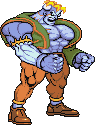
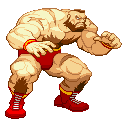
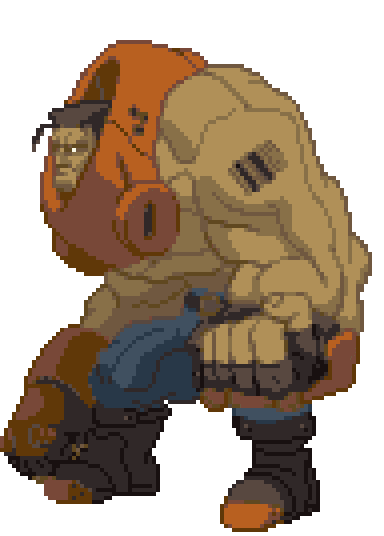
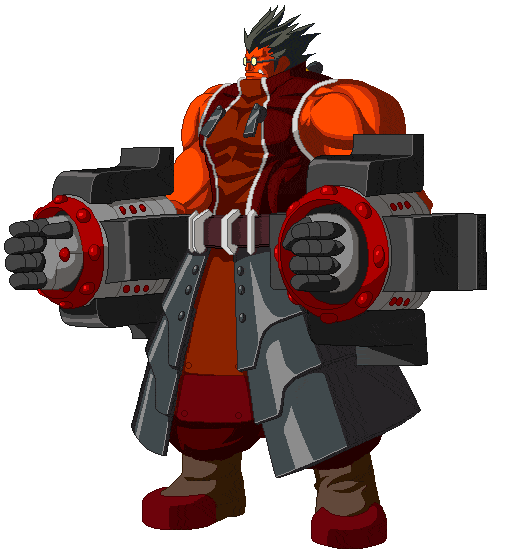
But it's oh-so droll to let a game's enemies have all the fun of being the chunky character that strikes like a freight train. Within all of us, I should expect, is some wolven desire to go full Hulk-mode and smash things up.
And what could be a greater gratification than smashing another player's metaphorical teeth in via a good old-fashioned fighting game victory?
Look no further than the viral series of posts about 6th graders developing a petri-dish-style environment of competition around Guilty Gear. Somewhere in the second year of posts, a new student walked in with limited English and equally-limited exposure to the game. But the second that the meaty grappler Potemkin popped up in the character select screen, that kid just pointed to the screen and emphatically asked,
“Like Zangeif?”
And from there, he picked up the musclehead as his champion and handily piledrove his way to the top of the class.
The love for a complete muscle-train of a character transcends language and any particulars. Some boys just want one thing, and that's to walk right up and give you a 250-pound bear-hug suplex.
Big Adventures with Big Friends
Here's an easy one: if a game has a character literally called “Golem”, you just know they're a dead ringer as a big ol' chonker. And all the better, since as often as not, these Golems serve as some of your heftiest, most stalwart allies to really give your party a sense of oomph.
For example, I could tell you maybe three things total about Monster Rancher: that it had a cool insert-any-CD mechanic for unlocking monsters, that the show's theme song was Extremely Cool, and that Golem was my favorite for being such a lovable gentle giant.
And it keeps playing out that these have strong success even with limited exposure. Take Golemon – he's not the most popular Digimon by a country mile. But somehow, he does keep consistently appearing as a collectible monster in nearly every video game in the series, plus about one episode per season of the tv series like clockwork. Ol' reliable, that guy.
But leave it to the departed master Toriyama to hit us with an absolute humdinger. His Dragon Quest Golem is iconically friend-shaped, the bipedal version of a brick fortress, complete with visible mortar. It's so overwhelmingly successful that it stands next to the ever-popular Slime as one of the two monsters to escape the game's orbit into a Final Fantasy XIV crossover. Even having never finished a Dragon Quest game, I still gravitate toward this fella and his Laputa-robot-eque sensibilities.
Of course, sometimes a Golem does hit breakout popualrity. Invoking the hyper-behemoth of a franchise that is Pokémon is low-hanging fruit, sure. But it's just bursting with examples appealing to every ten-year-old and their daydream of a giant monster on their side. And with Pokémon being optimized for maximum mascot appeal already, it's uniquely primed to sate that hunger.
The shortlist includes the wider-than-they-are-tall Golem himself, clearly. But then just amongst the more popular creatures you have hits like Onix the rock-leviathan and their successor Steelix; a recurring set of legendary-grade Pokémon invoke literal giants and the traditional, literal concept of a golem; and Metagross evoking a several-ton steel automaton bordering on construction equipment. Speaking of which:
The Mecha of It All
Boy would I be an absolute fraud if I didn't bring up my beloved giant mecha.
Metal Gear Solid has sustained a decades-long franchise on the pure tension between the “wow, cool robot!” instinct and its “war destroys all it touches” implications. For better or for worse, that gives its titular Metal Gears a reverent sense of gravitas and importance, each deserving of a full camaign to explore the implications of such a beast.
Right up until they're given shapely legs and start mooing.
Armored Core zig-zags with playing it perhaps a bit lighter. The series' capitalism-at-its-natrual-conclusion premise evokes enough gravity of its own, to be sure. But each entry eases away from or hammers home a sense of chunky weight at its leisure, none quite leaning as far as the simulator-like Mechwarrior 4 but still light enough to have a concept of a “dodge” button. And each player has their thumb on that dial as well – it's why you'll never see me using anything but the wide-set, gargantuan-looking “Quad” setup with four legs to bear the weight of a downright silly amount of artillery.
With the right framing, though, even more anime-inspired, Super-Robot-like games can make you feel the sheer magnitude of these machines, like how the Steel Titan in Live a Live takes up the entire screen, or the mecha in Xenogears or being a visual end numerical order of magnitude larger than the garden-variety enemies you're permitted to pit them against.
But then there's Robot Alchemic Drive, an absolute gem of a B-movie. A game bristling with friction between it and the player, including its very choice of perspective. Clunkiest controls in the medium? Very probably. But being a mecha game shot from the point of view of a human external to the robot, it's a challenge to even behold the scale of your complete chonker of a robot on screen all at once. And it being such a massive machine that it demands a separate control mechanism for each individual arm and leg? A wonderfully-unweildy icing on a towering cake.
The Chonkers Keep Chonking Along
If I were to dig more than surface-level into possible examples, this tirade would become even chonkier than these characters.
And what's even bigger and more solid than that, I'm sure is a shared love of these certified whoppers. So who's your champion Large Lad or Lass? Are you all about playing larger-than-life Firbolgs and Goliaths at the table? How about a Titanfall or Battletech stan?
These hefty designs cannot be contained, and neither can our desire to hear about them – in comments here, on our Discord, on social media.
Celebrate Our Chonkers.

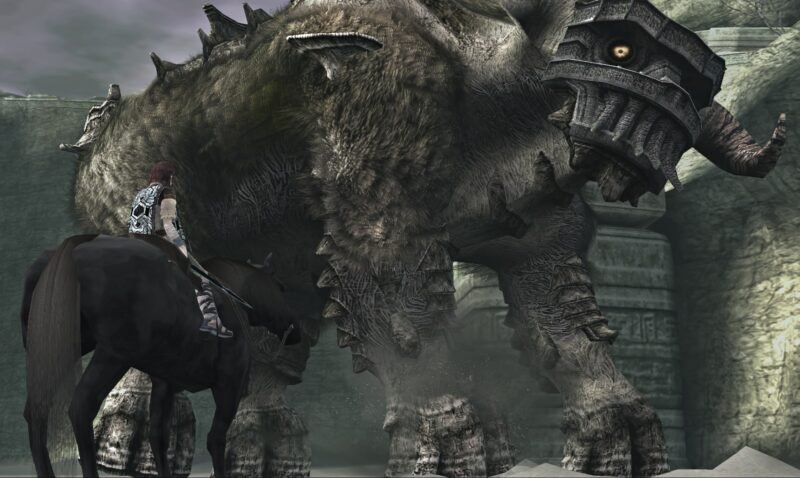
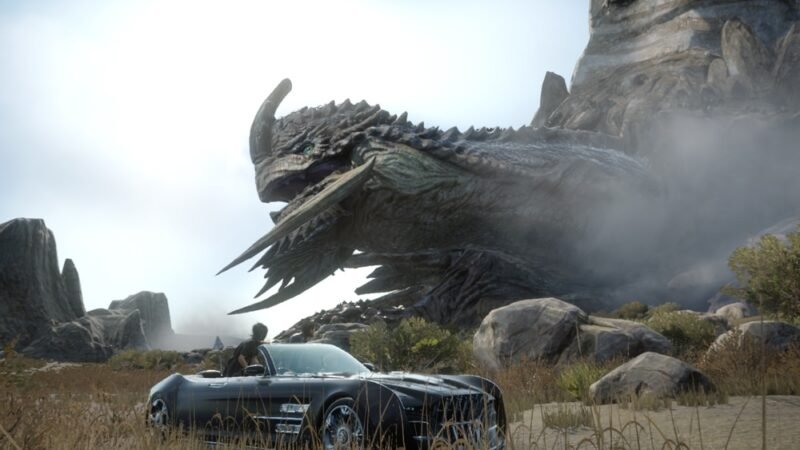
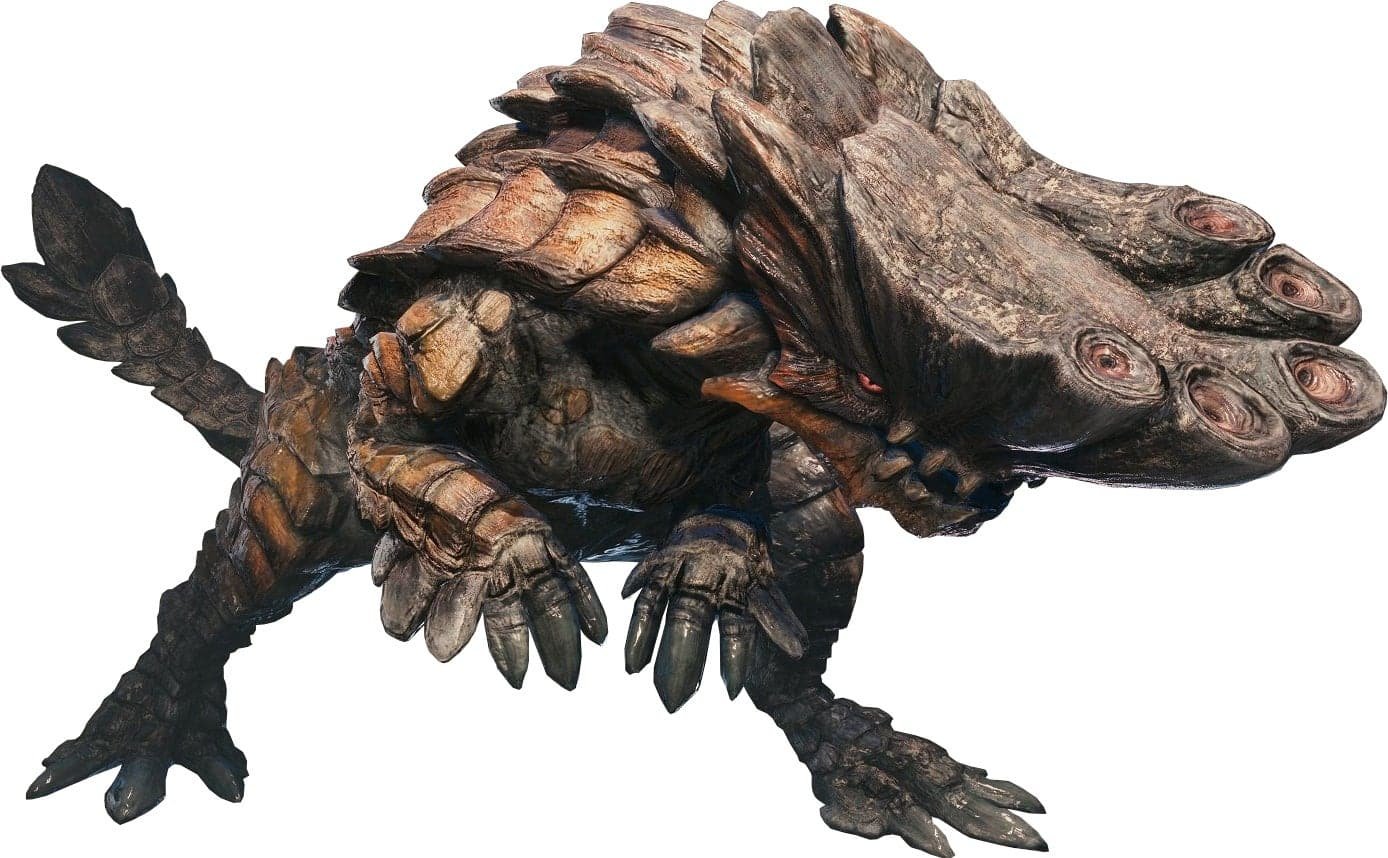
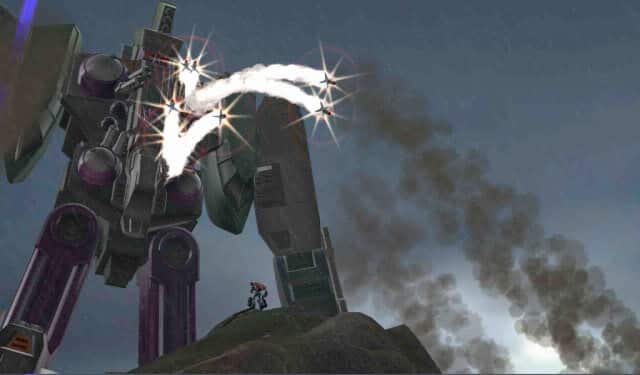
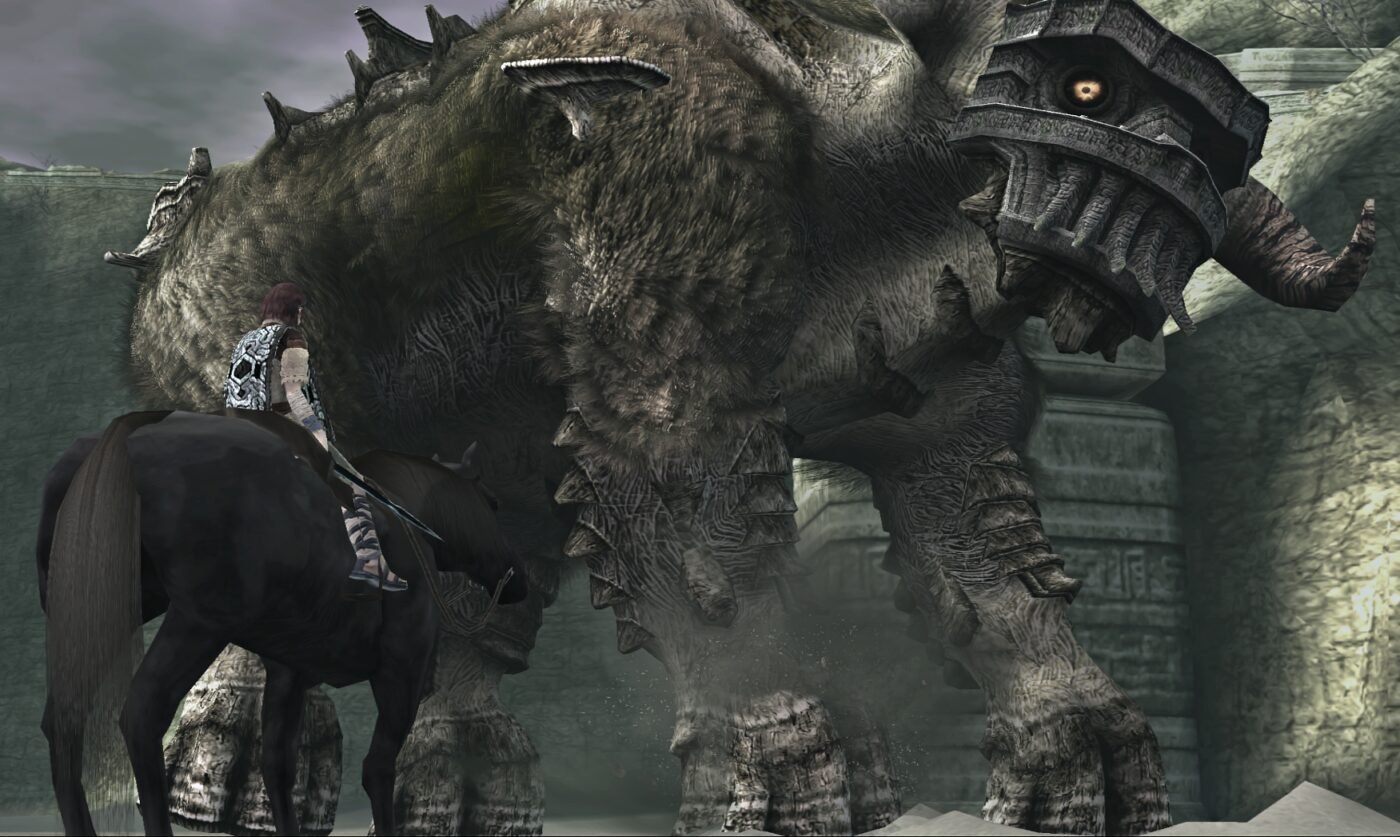
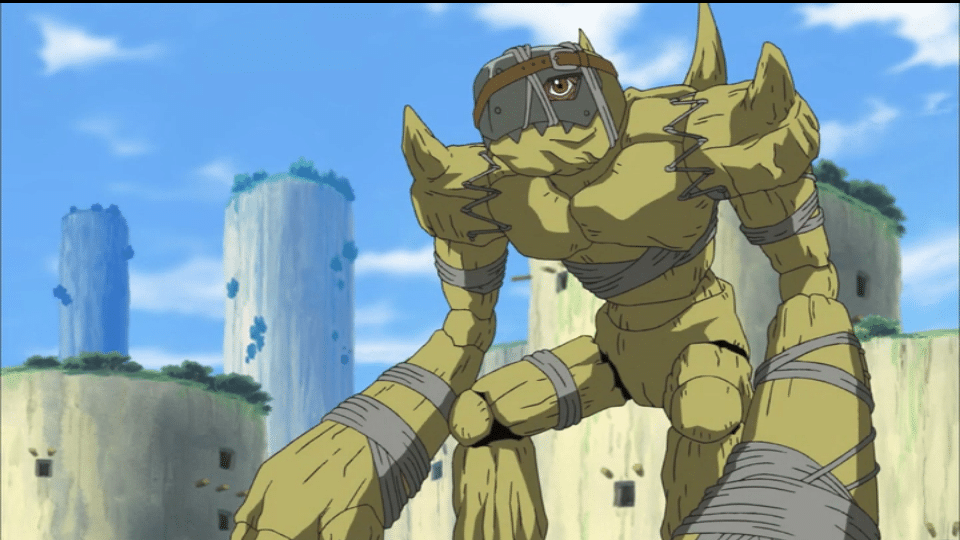
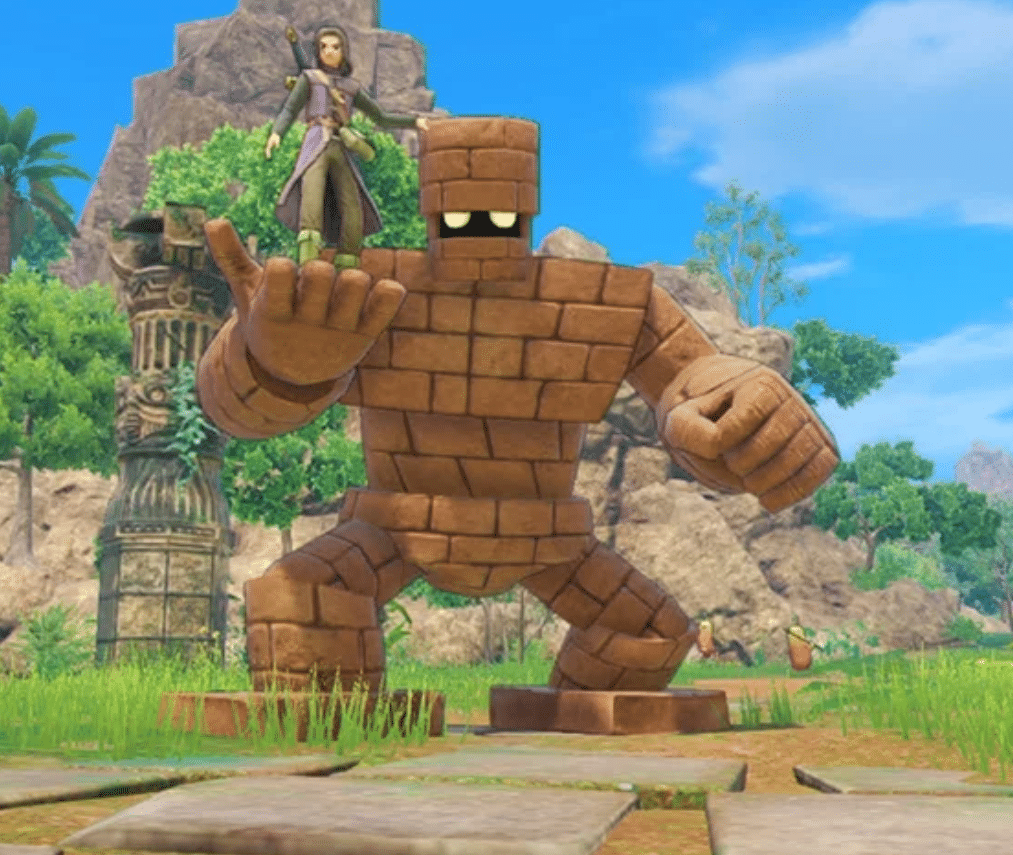
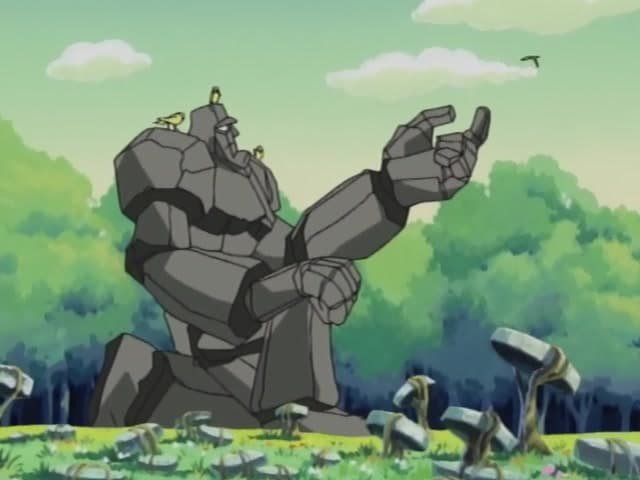
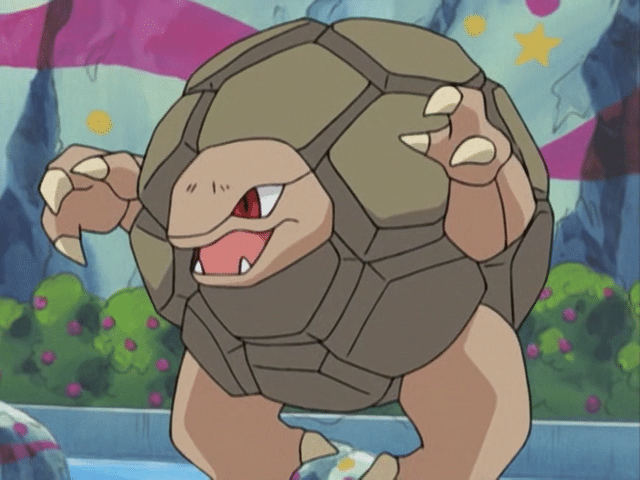
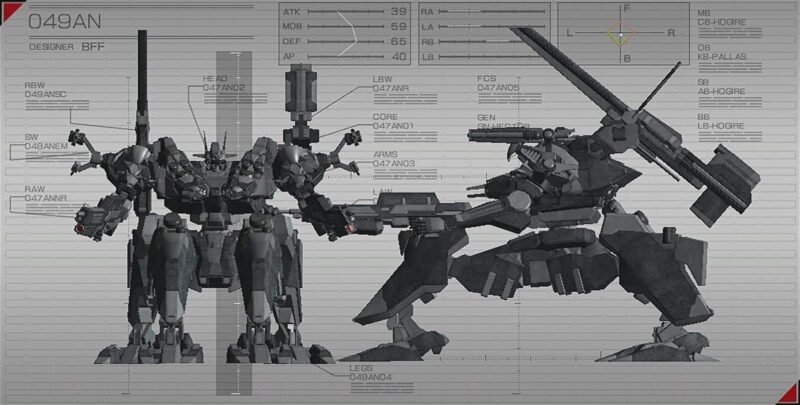
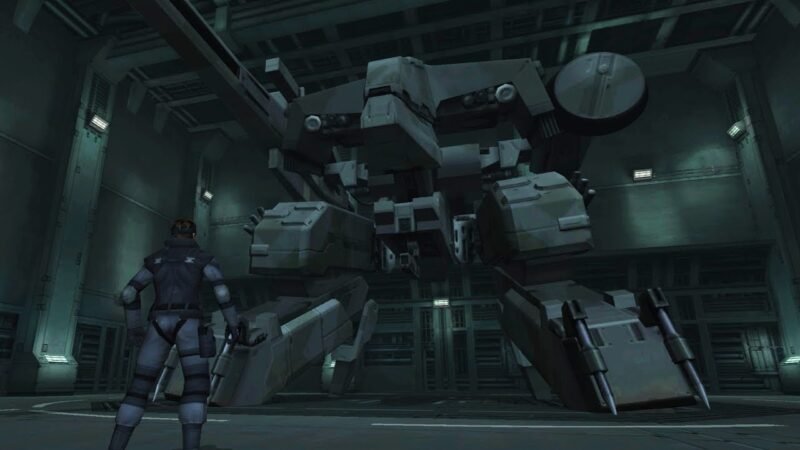
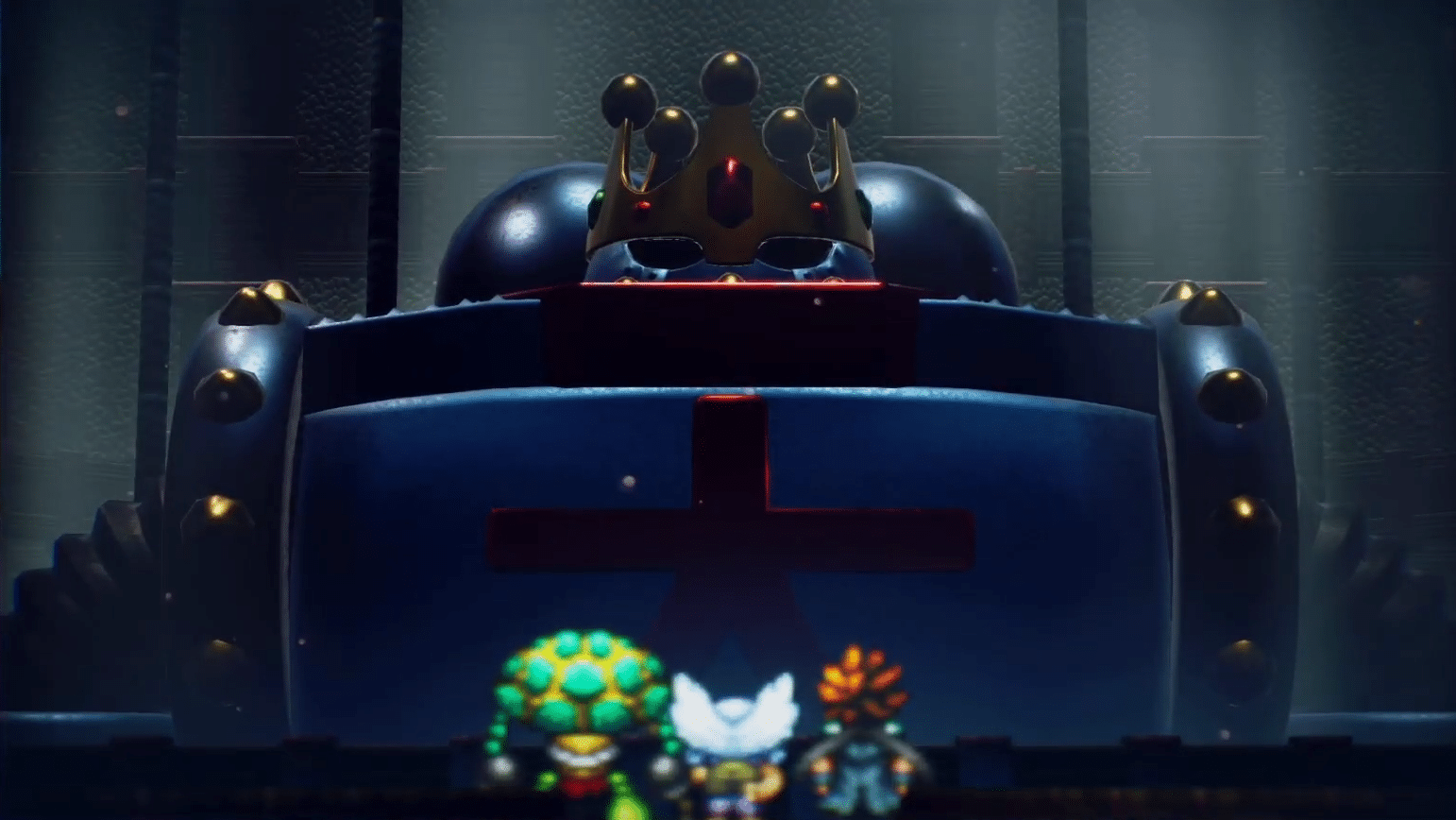
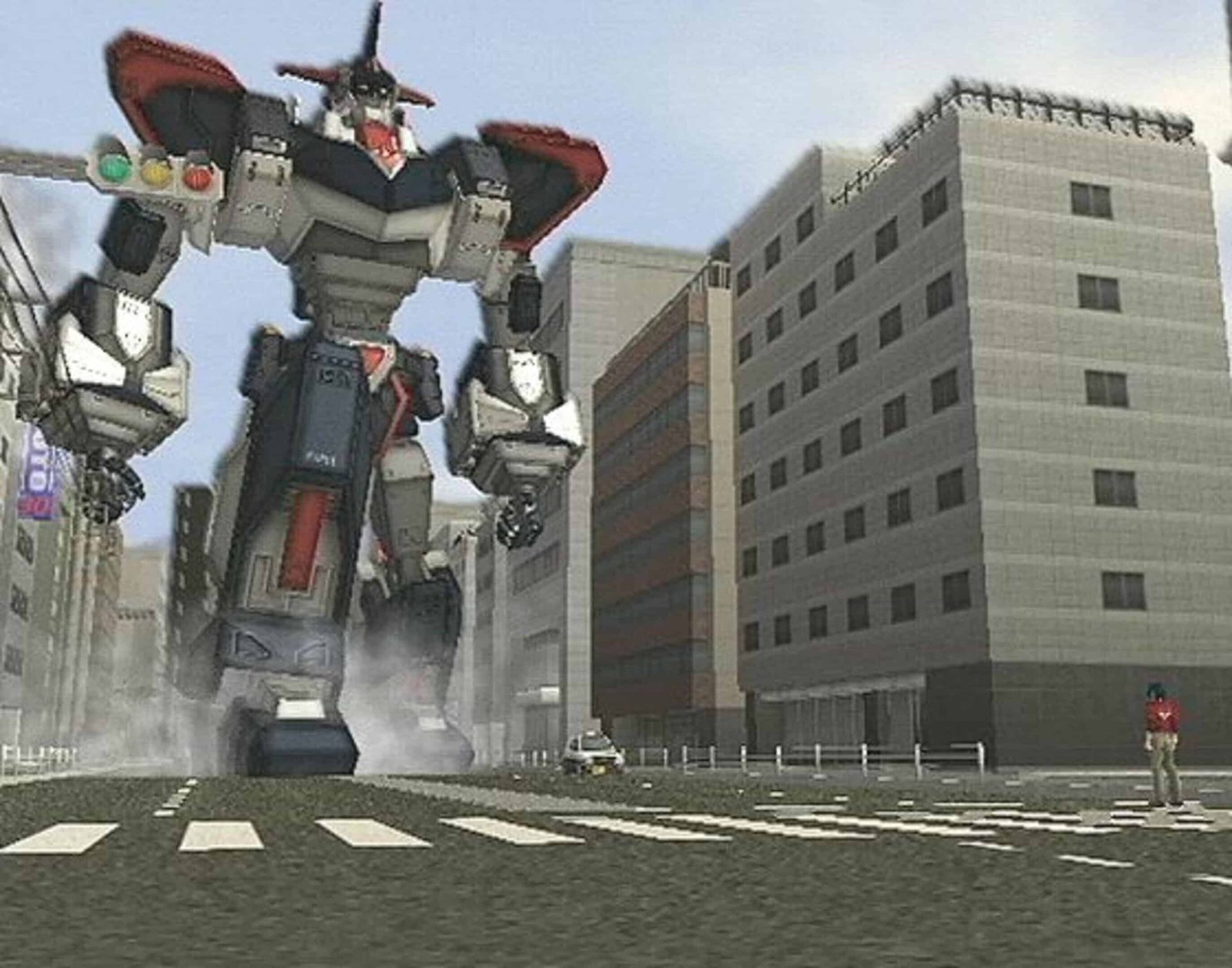
[…] Maybe it wouldn't have been Digimon levels of popular, but it sure could've been a Medabots- or Monster-Rancher-style stape. From the slice I've seen, it has everything: robots for the robot kiddos, a […]